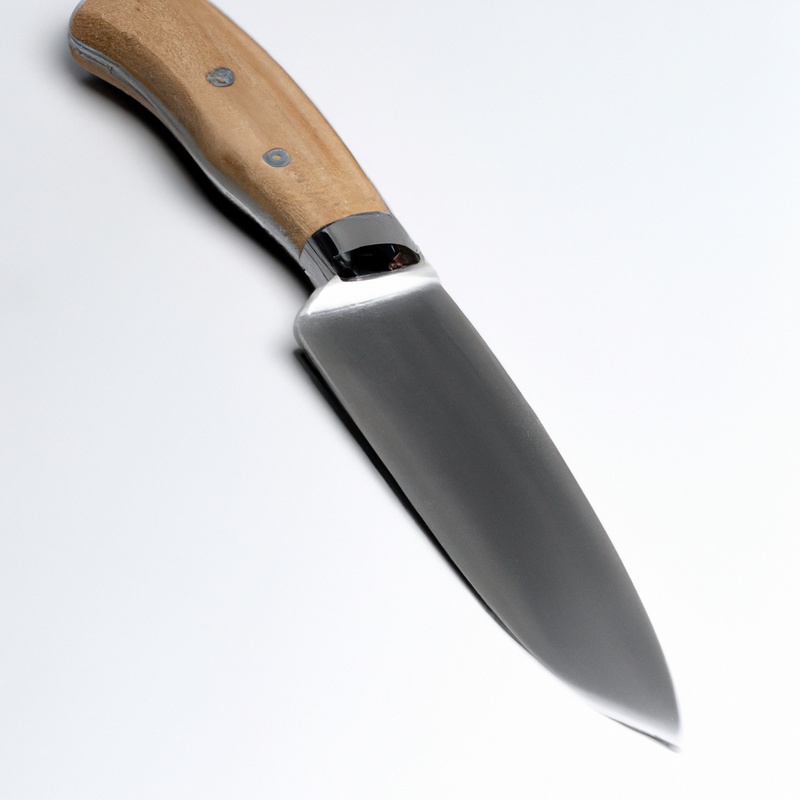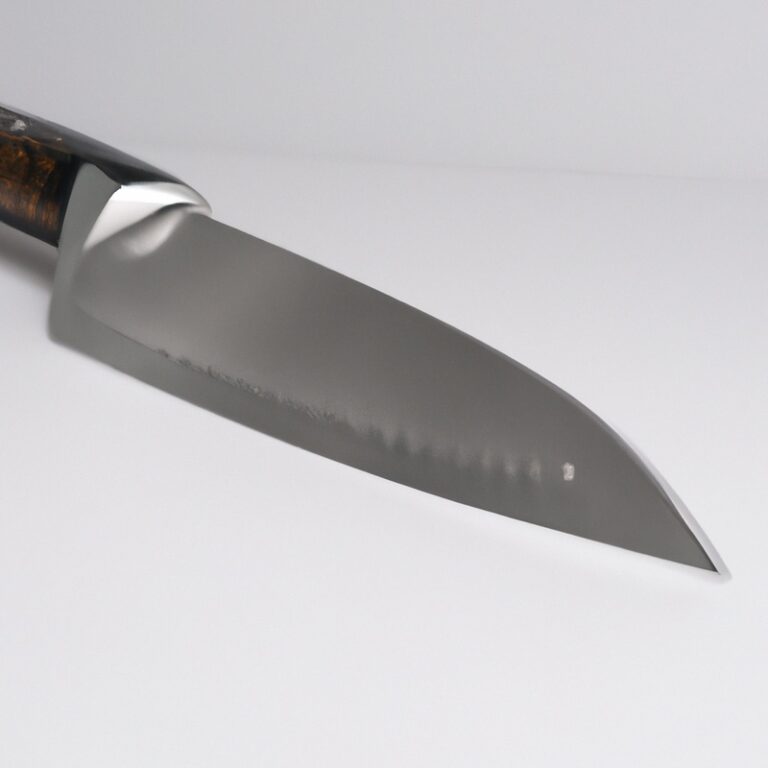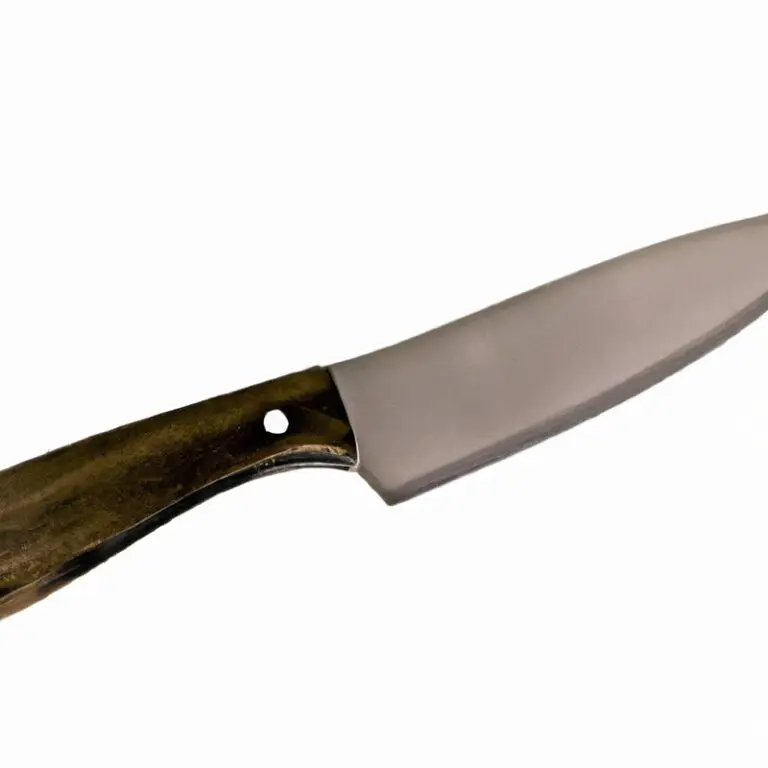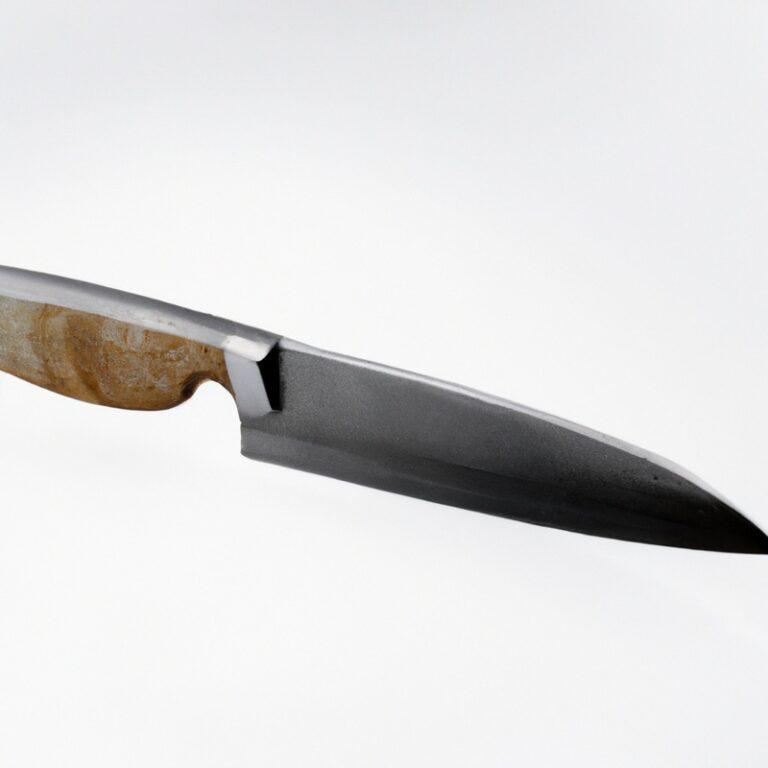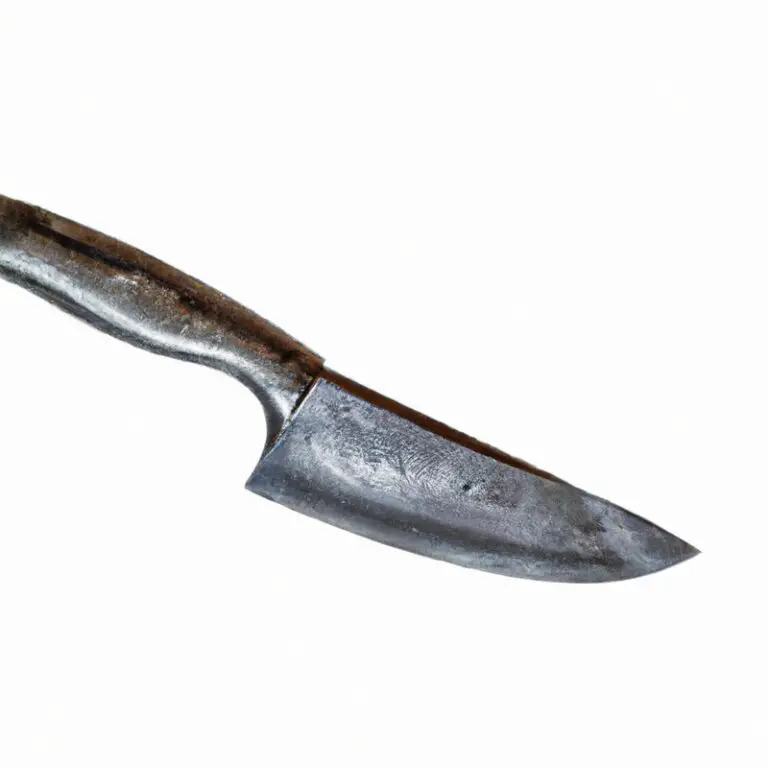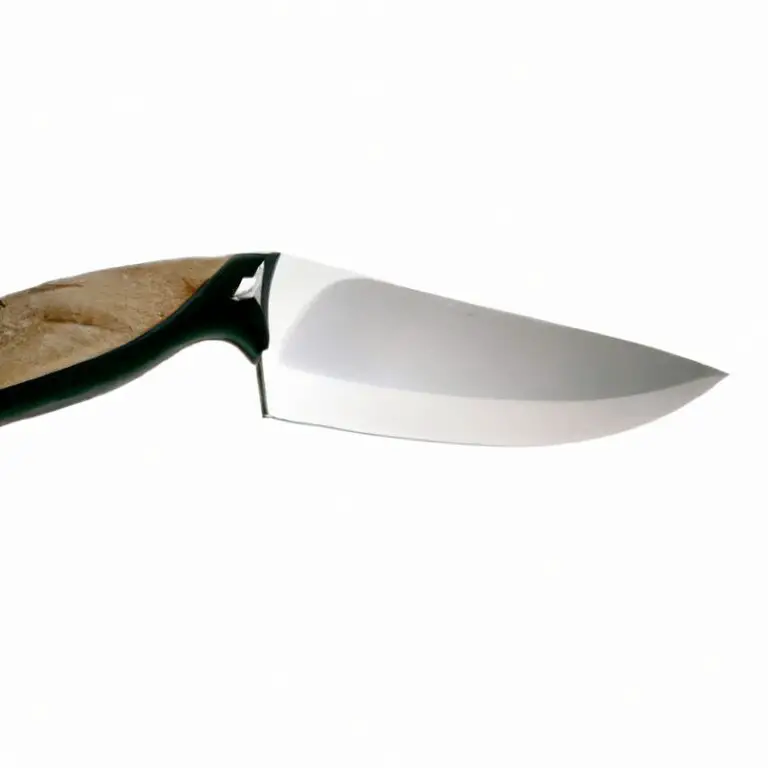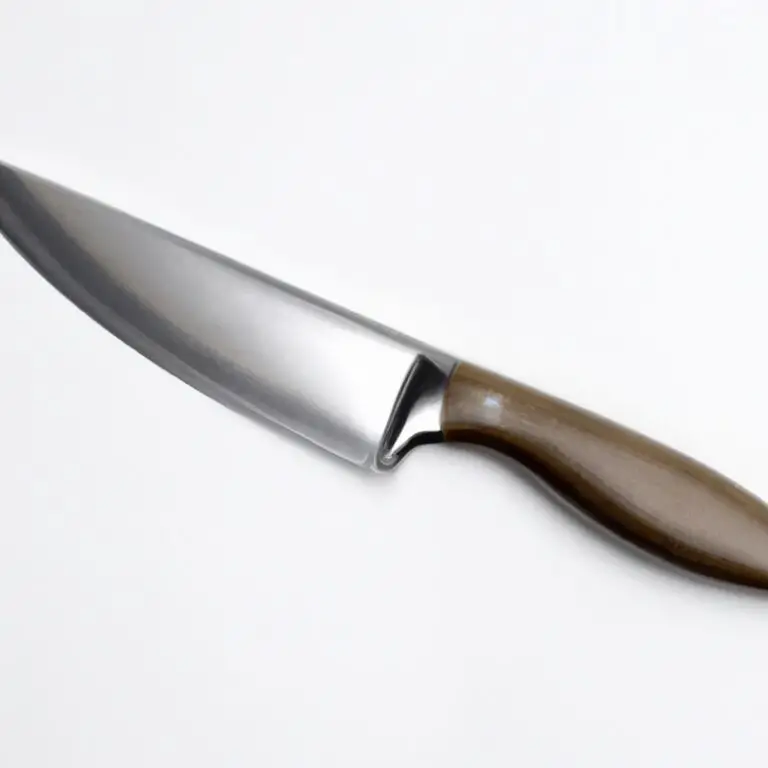What Safety Precautions Should Be Taken While Using a Fillet Knife? Stay Safe!
Key Takeaways:
- Always wear protective hand gear such as cut-resistant gloves to avoid accidental cuts while using a fillet knife.
- Keep the blade sharp to prevent slips and use a stable cutting surface to ensure control over the knife.
- Properly store and maintain the knife, making sure to keep it out of the reach of children and storing it in a sheath or blade guard.
- Always follow the manufacturer’s instructions, and avoid using the knife for any purpose other than its intended use.
Whether you’re an experienced fisherman or a home cook preparing a seafood feast, using a fillet knife requires some serious attention to safety. Accidents can happen in a blink of an eye and leave you with a nasty cut or worse.
So, what safety precautions should you take while using a fillet knife?
In this article, we’ll cover everything from choosing the right knife to storing it safely, and everything in between. Trust me, you won’t want to miss these essential tips that could save you from potential injury.
| Precautions | Description |
|---|---|
| Keep the blade sharp | A dull blade can slip and cause injury. Keep the blade of the fillet knife sharp using a sharpening stone or honing rod. |
| Use a cutting board | Always use a cutting board made of a non-slip material, such as silicone or rubber, to prevent the knife from slipping during use. |
| Hold the knife correctly | Use a proper grip on the knife with your thumb and forefinger wrapped around the handle and the other fingers gripping the blade for control. |
| Pay attention to the blade direction | Be aware of the direction of the blade while filleting. The blade should always face away from your body, and the blade’s tip should point away as well. |
| Keep your hands and fingers away from the blade | Always keep fingers and hands away from the cutting edge to avoid cuts or injury. Use a claw grip to hold the fish in place while filleting. |
| Store the knife safely | When not in use, keep the fillet knife in a sheath or blade cover to prevent accidental cuts while handling the knife. |
Choosing the right fillet knife
To ensure safety and efficiency when using a fillet knife, it is crucial to choose the right one. A fillet knife should have a flexible and sharp blade that can easily separate meat from bones and skin.
Also, it should be comfortable to hold and grip.
Choosing a knife with a blade size appropriate for the type of fish you will be filleting is also essential. A smaller knife is suitable for smaller fish, while larger fish require bigger blades.
Always consider quality over price when picking a fillet knife.
A high-quality knife made of durable materials will last longer and require less maintenance than a cheap one. Ultimately, investing in the right fillet knife will make your filleting experience safer and more enjoyable.
Wearing protective gloves
Wearing protective gloves while using a fillet knife is crucial for preventing injuries. Even the most experienced users can accidentally slip or cut themselves, and gloves can provide a layer of protection.
It is recommended to use gloves made of cut-resistant material, such as Kevlar or mesh, to protect against sharp blades.
Avoid wearing gloves made of thick or loose materials, as they can impact your grip and make it harder to maneuver the knife. Make sure to properly clean and sanitize gloves before and after each use to prevent bacteria growth.
Maintaining a safe and stable cutting surface
Maintaining a safe and stable cutting surface is crucial to ensuring your safety while using a fillet knife. Using a stable cutting surface will prevent the knife from slipping and accidentally cutting you.
When choosing a cutting surface, opt for a wooden or plastic cutting board that is large enough to hold the item you are cutting.
Avoid using soft materials like glass or ceramic as these materials can damage the blade. Additionally, use a non-skid cutting board to prevent it from shifting while you are cutting.
Regularly check the board for wear and tear and replace it if it becomes damaged.
By maintaining a stable cutting surface, you can prevent injuries and ensure a successful filleting experience.
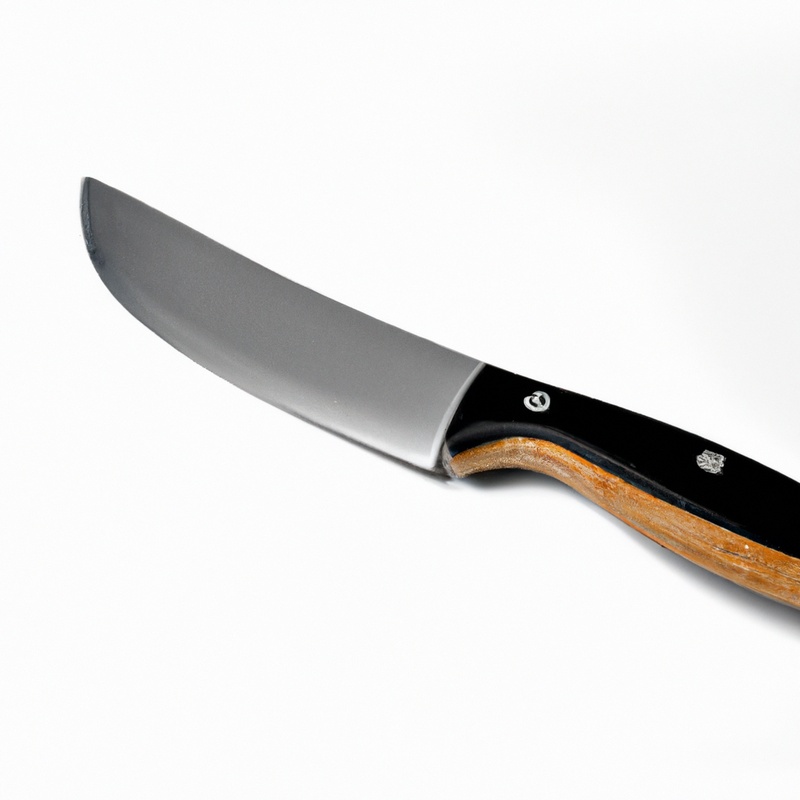
Keeping the knife clean and sharp
To ensure safe and effective use of a fillet knife, it is crucial to keep the blade clean and sharp. A dull blade increases the risk of injuries as it requires more force to cut through the fish, making it more likely to slip and cause an accident.
To maintain a sharp edge, use a sharpening stone or a honing steel regularly according to the manufacturer’s instructions.
After each use, wash and dry the blade carefully to prevent the formation of rust or corrosion, which can damage the blade. Store the knife in a dry, safe place and avoid contact with other objects that can dull or scratch the blade.
Remember, a sharp and clean blade is the key to safe and efficient filleting.
Following proper holding and cutting techniques
Proper holding and cutting techniques are crucial when using a fillet knife. Firstly, ensure that you have a firm grip on the handle, and avoid holding the blade itself.
Keep your fingers and thumb behind the handle to avoid accidentally cutting yourself.
When cutting, make sure that you maintain a consistent angle and use a smooth motion to avoid jerking the blade. Keep your non-cutting hand away from the blade’s path and always cut away from your body to avoid any accidents.
Additionally, consider wearing cut-resistant gloves for an added layer of protection.
Practicing these techniques will help you use a fillet knife more safely and effectively.
Avoiding distractions while using the knife
When using a fillet knife, it is crucial to avoid distractions. Concentration is key to staying safe while using this type of knife.
Minimizing distractions enables you to focus on the task at hand and maintain control of the knife.
Use the knife in an area that is free from distractions such as loud noises, pets, and people moving around you. Never use your fillet knife when you are tired, under the influence of drugs or alcohol, or when you are feeling unwell.
Avoiding distractions can significantly reduce the risk of injury while using a fillet knife.
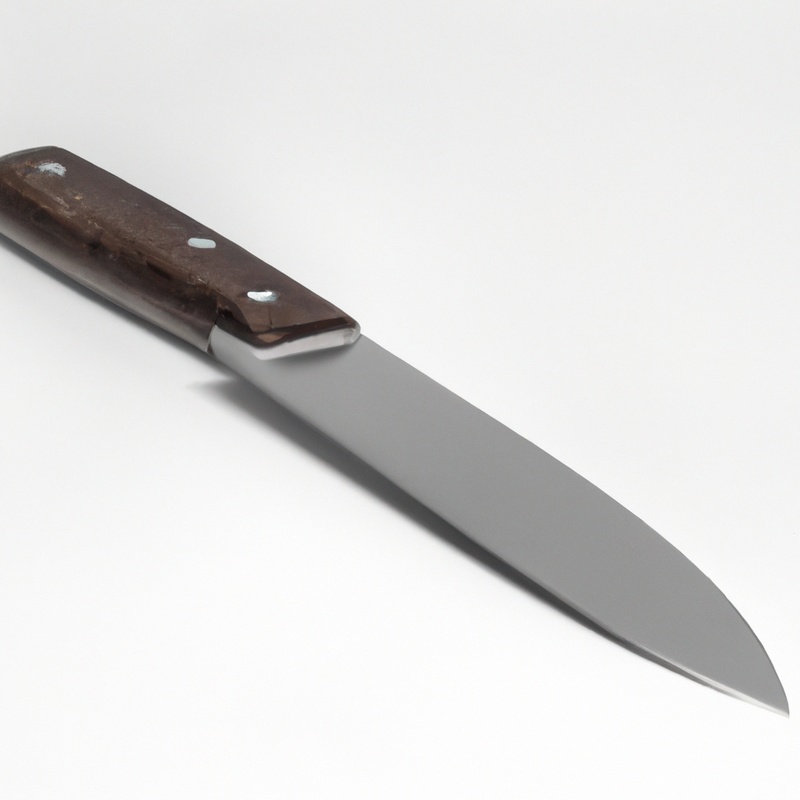
Using a cutting board with a non-skid base
Using a cutting board with a non-skid base is essential when using a fillet knife or any other type of kitchen knife. A non-skid base helps to keep the board firmly in place, preventing it from slipping or sliding across the counter while in use.
This significantly reduces the risk of accidents, as it provides a stable surface for the knife to glide across.
When selecting a cutting board, look for one with a non-skid base or consider adding a non-skid mat underneath to prevent any potential slipping. Additionally, ensure that the cutting board is made from a durable and easy-to-clean material, such as wood or plastic.
Using a cutting board with a non-skid base is a simple yet vital safety precaution that should not be overlooked when working with sharp knives.
Keeping the knife out of reach of children
One of the essential safety precautions to take while using a fillet knife is to ensure that it is kept out of reach of children. Fillet knives are sharp objects that can cause severe injuries when handled irresponsibly.
Therefore, keeping them away from children can help prevent accidents and injuries.
It is important to store fillet knives in secure places such as drawers with safety stops or locked cabinets to keep them from being accessible to children. Also, avoid leaving it unattended on counters or other surfaces within the reach of children, even for a brief period.
Educate children about the dangers of handling sharp tools like fillet knives and instruct them to never touch them without adult supervision.
Supervision is necessary to ensure that children handle sharp objects safely, and that they learn proper handling techniques. Keeping fillet knives out of reach of children is a simple but crucial precaution to take while using them.
It is an effective way to prevent potential accidents and injuries.
Therefore, take this precaution seriously, and ensure that the knife is stored safely and in a place where children cannot access them.
Storing the knife safely
Storing your fillet knife safely is an essential safety precaution. To prevent accidental cuts and damage to the blade, it’s best to store the knife in a designated knife block or sheath.
Avoid placing the knife in a drawer with other utensils, as this can dull or damage the blade.
Always make sure the knife is properly cleaned and dried before storing to prevent rust or corrosion. It is also important to keep the knife out of reach of children.
By taking these simple steps, you can ensure that your fillet knife stays in good condition and is ready for safe use whenever you need it.
Seeking professional training and guidance
Seeking professional training and guidance is crucial when it comes to using a fillet knife safely. Many culinary schools, community centers, and fishing outfitters offer courses on knife handling and safety.
Additionally, seeking guidance from experienced professionals in the culinary or fishing industries can provide valuable insights and techniques to ensure safe and efficient filleting practices.
It is important to keep in mind that improper knife handling can lead to serious injury, so investing in proper training and guidance is highly recommended.
Final Verdict
Using a fillet knife requires a great deal of skill and attention. By following the safety precautions outlined in this article, you can minimize the risk of injury and ensure a clean and precise cut.
From choosing the right knife to wearing protective gloves, using a stable cutting surface, and storing the knife safely, these tips will help you stay safe and in control.
Remember, proper technique and awareness of the potential hazards are key when working with sharp knives. Always seek out professional training and guidance if you are unsure of the best practices.
By incorporating these guidelines into your routine, you can confidently use a fillet knife to prepare your favorite fish dishes while keeping yourself and others protected.

